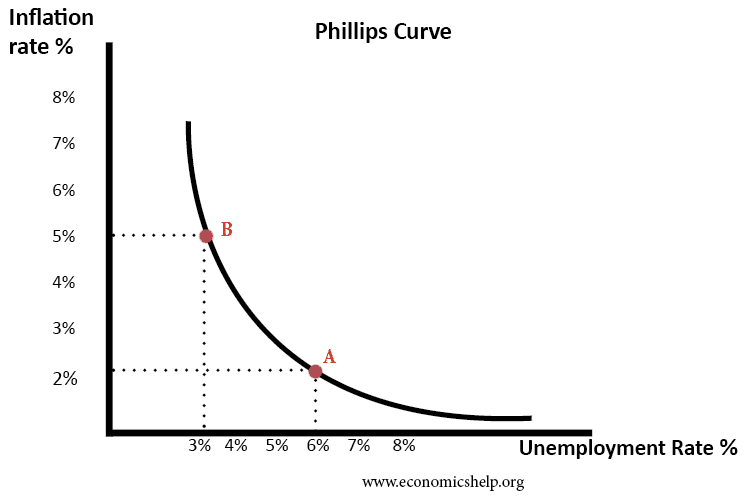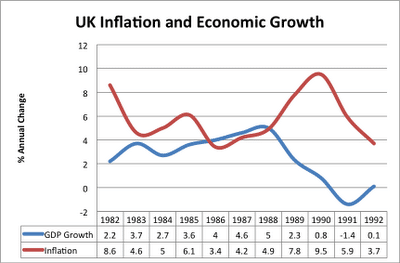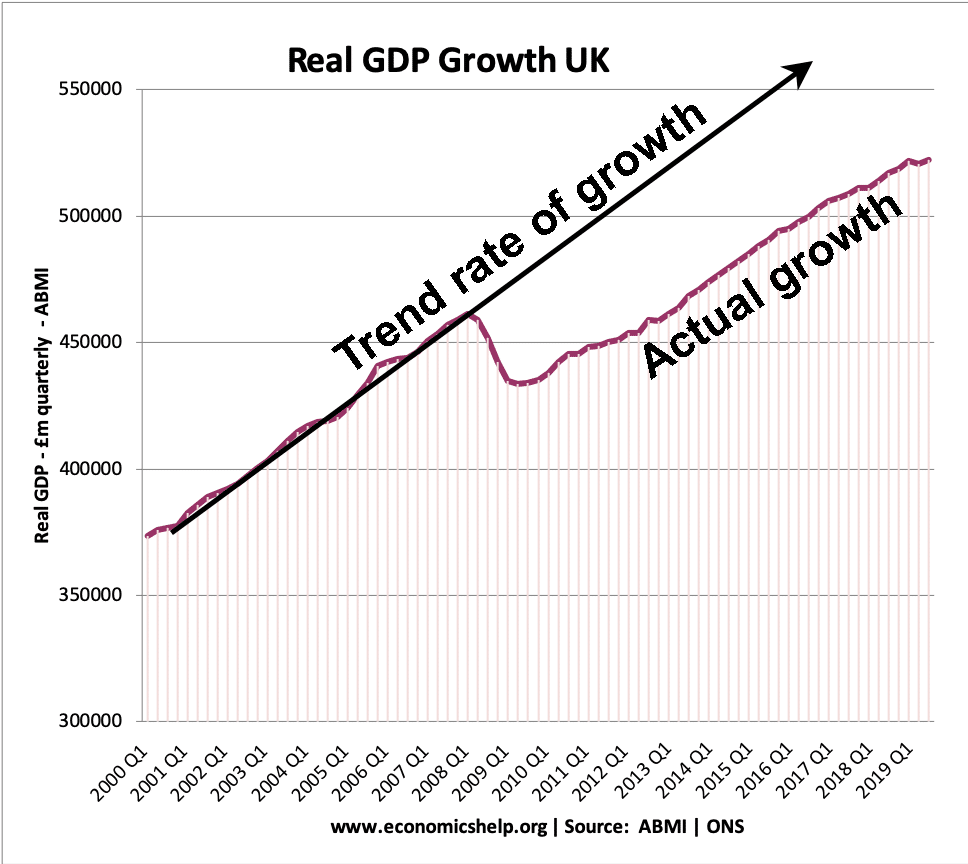Is Phillips Curve still Relevant?
Readers Question Discuss the view that the Phillips Curve is irrelevant in explaining the relationships between unemployment and inflation in the UK. The standard Phillips curve suggests there is a trade-off between unemployment and inflation. This relationship occurs because of the Keynesian view of the AD/AS diagrams. Diagram showing an increase in AD As AD …



